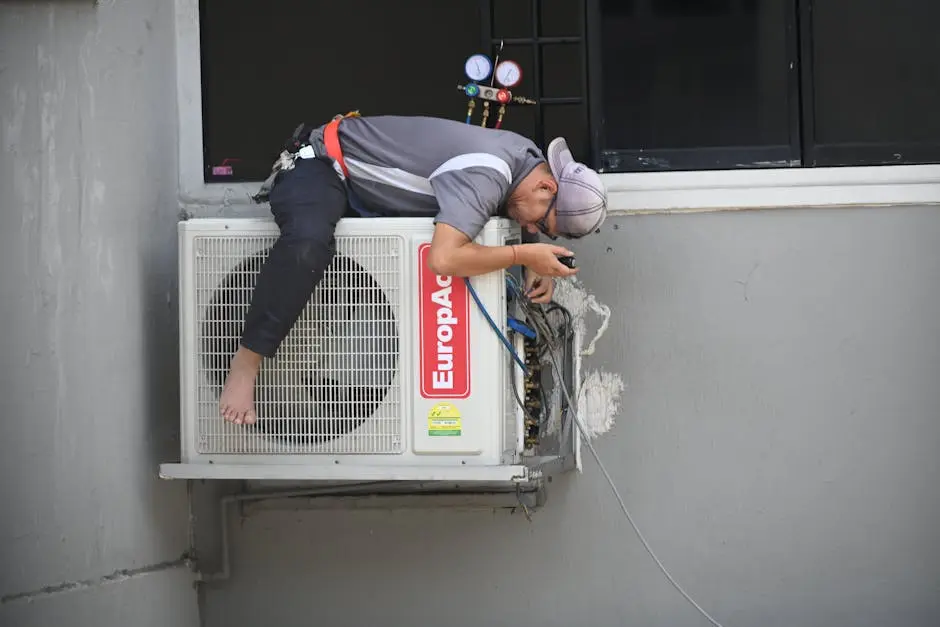Installing a new HVAC system can seem daunting, but understanding the process can help you feel more at ease. In this FAQ, we’ll walk you through what to expect during an HVAC installation, making the experience as smooth and stress-free as possible.
Initial Consultation and Assessment
The first step in the HVAC installation process is an initial consultation and home assessment. During this phase, a technician will evaluate your current system, discuss your needs, and recommend the most suitable HVAC system for your home.
In addition to evaluating your current setup, the technician will also perform a load calculation. This involves determining the heat gain and loss for your home to ensure the new system will be sized correctly, which is crucial for energy efficiency and comfort.
Choosing the right system is a vital part of the process. Factors such as your home’s size, insulation quality, and window placement will affect the type of system recommended. This thorough assessment ensures that the system selected provides the best performance and energy efficiency.
Preparing for Installation Day
Before installation day, you may need to clear the area around the old HVAC units and ensure that all pathways are accessible for the technicians. This preparation helps streamline the installation process and reduces any potential hazards.
It’s also a good idea to communicate with your HVAC contractor about any specific needs or concerns you might have. For instance, you’ll want to discuss any limitations regarding timing or access to certain areas in your home.
The Installation Process
On installation day, the team will first remove the old HVAC system. They’ll then install the new system, ensuring all components are configured correctly and efficiently. This stage typically takes one to two days, depending on the complexity of the installation.
One of the critical components of the installation is ensuring the ductwork is properly sealed and insulated. Well-sealed ducts prevent leaks that can waste energy and money, while good insulation helps maintain a consistent temperature in your home.
As the installation progresses, technicians will complete the wiring and configure the thermostat. Depending on your choice of a smart thermostat, they may also connect it to your home’s Wi-Fi for remote access and control.
Post-Installation Inspection
After the new system is in place, a post-installation inspection is conducted to ensure everything is working as it should be. The technician will test the system and make any necessary adjustments, ensuring optimal performance.
The inspection process involves testing each component for proper operation, such as checking airflows and verifying that the systems start and stop as expected. This thorough inspection ensures that no detail is overlooked.
Final Walkthrough and Education
Finally, the technician will walk you through your new HVAC system. They will explain how to operate the unit effectively and provide tips on maintenance to keep it running smoothly. This is a great time to ask any lingering questions you may have.
To maximize your return on investment, the technician may also suggest regular maintenance intervals and offer advice on how to identify common issues before they become serious problems.
Staying informed about your system can lead to better energy efficiency and longevity. Make sure to ask about features like programmable settings that help reduce energy use. Remember, we offer a comprehensive maintenance plan to help keep your system in top shape.
Final Thoughts on HVAC Installation
With a clear understanding of what to expect during each stage of the HVAC installation process, you can approach your installation with confidence. Remember, preparation and communication with your HVAC contractor are key to ensuring everything goes smoothly.










